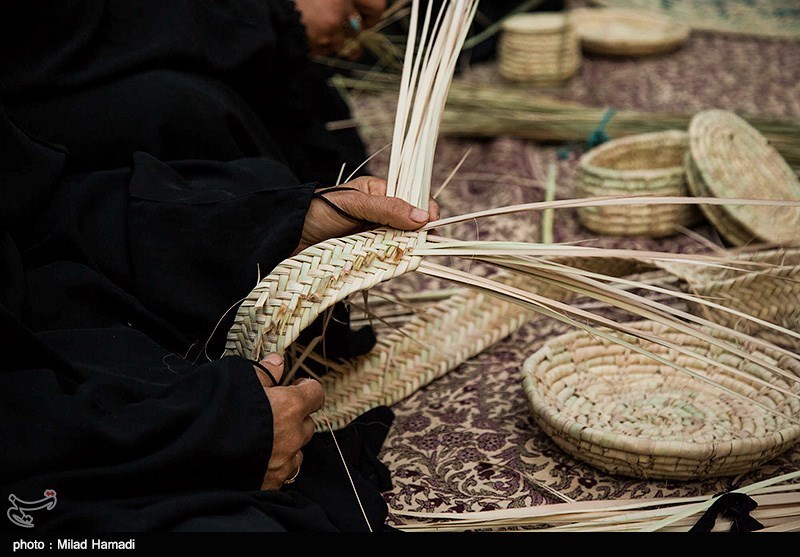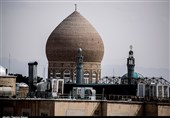Hasir Bafi of Iran's Khuzestan
TEHRAN (Tasnim) - With its several-thousand-year-old history, Hasir Bafi, or mat weaving, is one of the oldest handicrafts. It is not known when and where this craft was first invented.
But archeologists have discovered traces of mat weavings on plaster pieces that belong to six thousand years ago. The oldest piece of Hasir in Iran belongs to Shahdad of Kerman province.
Mat weaving, that is wearing thin reeds through cotton yarns, has not changed from ancient Egypt until today. Booria Bafi, that is a kind of mat weaving, is still considered an important craft and is used as the roof cover of clay houses. Therefore, Hasir Bafi, which also includes Bambo Bafi and Morvar Bafi, is a very ancient craft and include products woven by leaves, stems and foliage of plants. Since parts of plants are used in it, it is considered as the first products of human that was created with the beginning of sedentary lifestyle and agriculture.
Depending on the geographical environment, the raw material of Hasir in different parts of Iran are: leaflets of Date trees, leaflets of Wild Date trees or Porak, female Wild Date or Daz, stems of reeds from tropical lagoons of Khuzestan, cold regions of Zarivar lake, Anzali lagoon, lands surrounding Hamun Lake, wheat stems from provinces of Zanjan, Azerbaijan and etc.
The tools of Hasir Bafi are very simple and limited including sickle, file, scissors, needle and stitching awl. This art-craft is common in provinces of Sistan and Balouchestan, Khuzestan, Kurdistan, Hormozgan, Bushehr, Kerman, Yazd, Fars, Mazandaran, Gilan and Tehran.
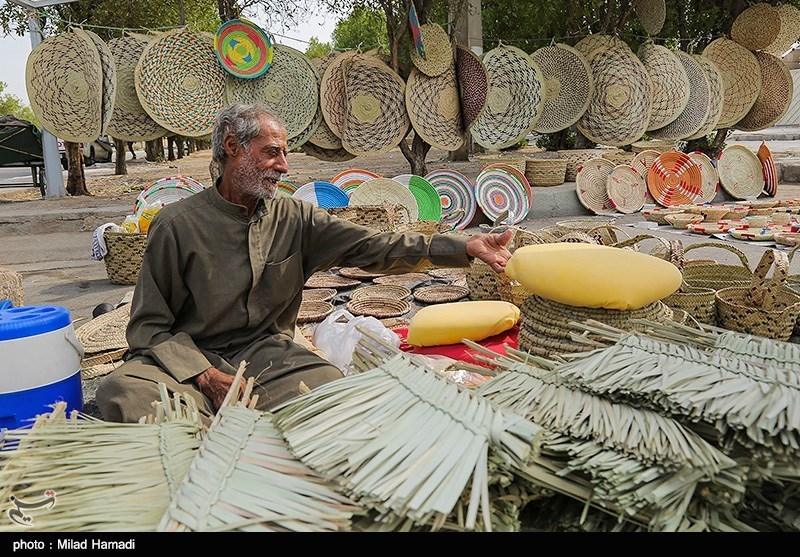

In Khuzestan, Hasir Bafi is common in forms of weaving baskets, mat weaving and Booria Bafi. Generally, there are two kinds of weave: twisted or netted. Today we can find Hasir Bafi in any place of Khuzestan where leaflets, reeds and stems are available. Cities of Abadan, Shadegan, Dasht-e Azadegan are the centers of this product.
This kind of mat weaving is used to make shutters to be hanged over the windows in urban buildings. Nomads use them to cover their tents and also make nests for their chickens and goats. Booria or floor covering mat is another product of Khuzestan that is weaved by leaflets of Date trees and is also made from common reeds that grow wildly in this region. They are used as both floor and roof coverings. They are arranged on the beams of roofs of the buildings and then covered by building material. Booria Bafi is done only by men.
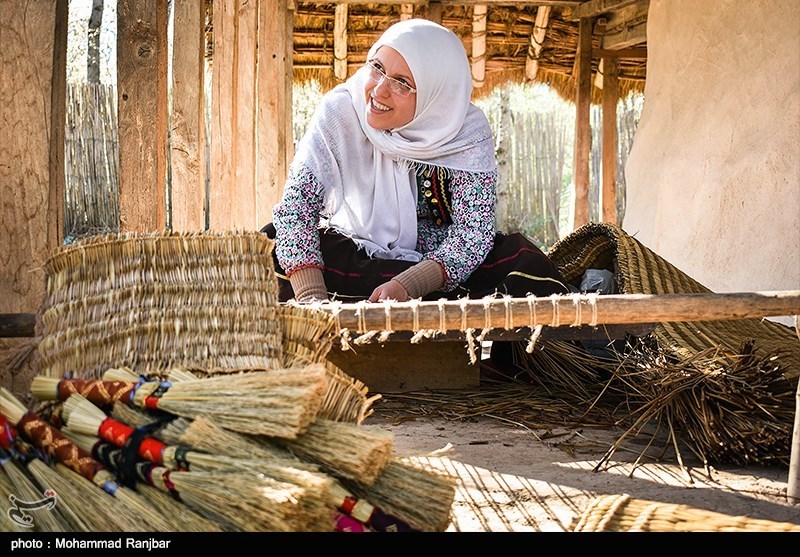

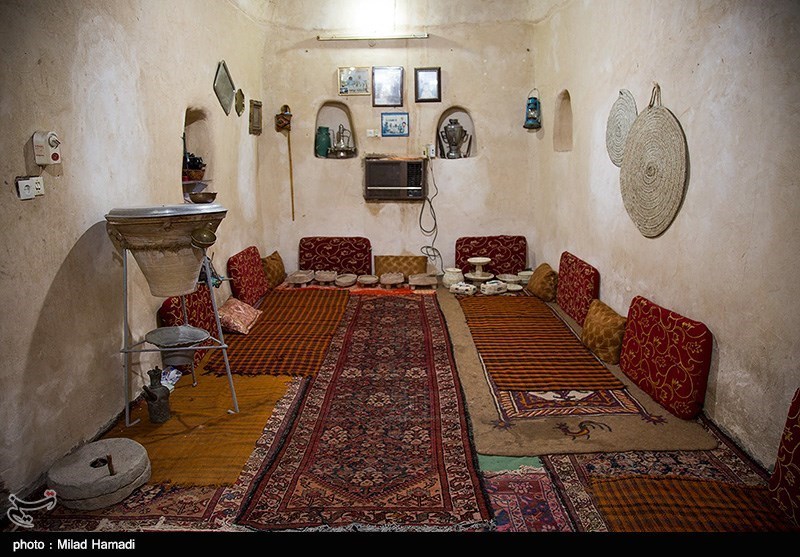
Source: Visitiran.ir
